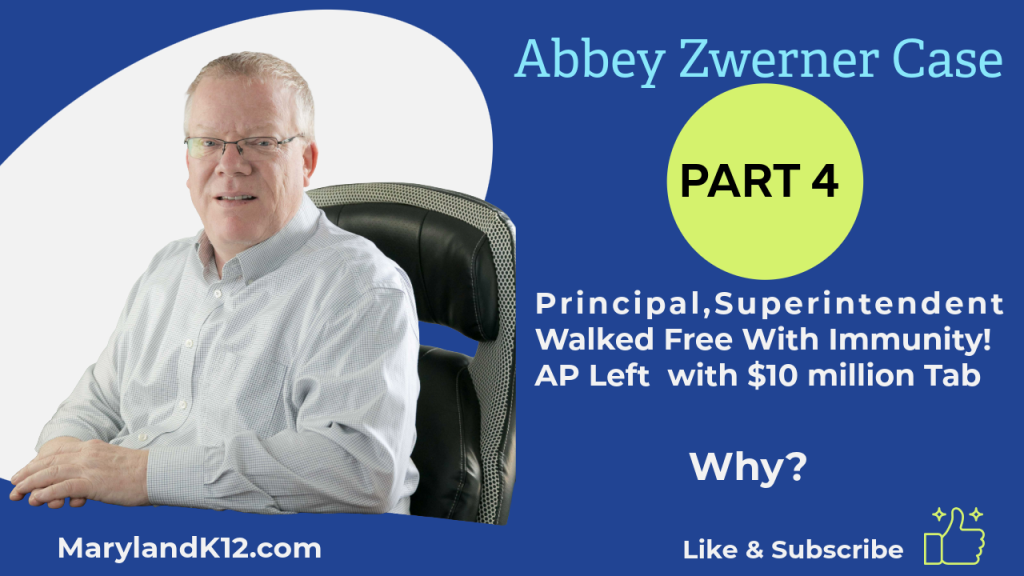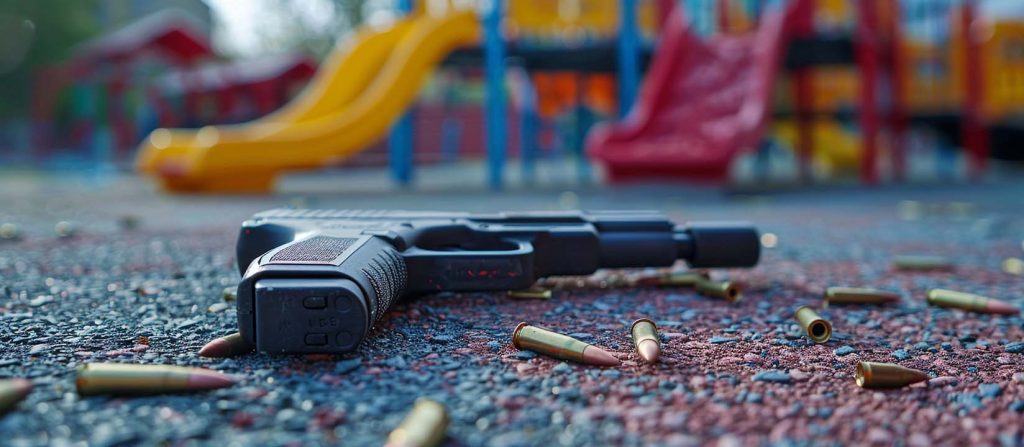
When It Comes to DEI, Principals Must Be More Than Performative (Opinion)
The last few years of leading an elementary school have been exceptionally challenging during the pandemic, waves of intense political polarization, and heightened public protest against disparities. Though some of these challenges are new, many other long-standing injustices have been highlighted by the recent brutality against marginalized and excluded populations.
Some school districts are creating diversity, equity, and inclusion positions; some are taking strong stands on social media. One thing is for certain: Our students are looking to educators to see how we will move forward. Creating a space for all children is not a political agenda. It is time for principals to become more than performative for the students we serve. It is time to turn our words, values, and ideals into action.
As an administrator, I have two main goals for students: First, to make students feel seen, heard, and loved. Second, to ensure that all students have access to a high-quality education. We know that our students cannot access math and reading without that emotional connection.
About This Series
In this biweekly column, principals and other authorities on school leadership—including researchers, education professors, district administrators, and assistant principals—offer timely and timeless advice for their peers.
I often reflect on what I am doing as a leader to help students feel connected. I want to make sure that my efforts are not just for show, that the words I say have action and meaning behind them. For principals’ actions to be meaningful, we must find a way to track our progress.
School visions are important to ensure that the entire school community understands our priorities. I have been at my campus for five years, and while I know that the staff is aligned with an instructional vision, academic achievement is not the full story. Last spring, our school leadership team acknowledged that our school vision was antiquated. No one could even recite it.
Our leadership team met several times to talk about what made us, us. We came up with a chant to unite the school building in the morning, “Be loud, Lakewood Eagles! Why? Because we are confident, kind, and diverse! Swoosh! Soar, Eagles, soar!” It sounds silly, but we believe that being confident, kind, and diverse are the important building blocks of our school.
A 2nd grade teacher said she loved how the chant really hypes the students up for the day and builds community. Another teacher said the chant fosters unity, creates a feeling of being on the same team, and encourages students to follow directions through the use of call-and-response. And another described the chant as a daily affirmation that unites us as a school. I love how this small effort brings us together every morning. However, it takes work to put those words into action.
One way we have been backing up that vision is with restorative practices. Restorative practices are strategies to prevent behavior or to repair the harm already done in a positive, proactive way instead of taking a punitive approach. This has meant making respect agreements, having morning circles, and changing our language around discipline.
While we have anecdotal evidence of a positive effect from restorative practices on the relationships at our school, we haven’t quantitatively measured our growth. Tracking how students feel is important to us, so we wanted to check in on how these practices affected student perceptions of the school, the teachers, and the administration.
This school year, we started putting numbers behind our good intentions by drawing on data from an annual student survey. The early results were promising. We found that 96 percent of students reported feeling like the administrative staff treats them with respect, 87 percent of students reported feeling like teachers treat them with respect, and 90 percent of students feel like they go to a good school.
Get The Savvy Principal
Delivered Sunday morning, this newsletter has essential news, information, and career resources specifically for school leaders.
In addition to restorative practices, we know that the connection to the home is important in valuing where students come from and who they are when they show up at school. While we have always said that we value relationships, we, again, lacked the measurable component to our efforts.
Each year, we say that relationships are just as important as academics, but we focus much more time and planning on the academic outcomes. At one of our leadership meetings, my instructional coach said something that struck me: “If we care about relationships, we have to treat them like we do academics.”
For student achievement, we had solid goals in place, benchmarks to check in, and we sought training for ourselves and the staff. For the upcoming 2023-24 school year, we have set ourselves similar trackable goals around building relationships with students and families.
When we introduced this new approach, I was nervous about what ideas the teachers would come up with, but they far exceeded my expectations. Next year, we will track the number of restorative circles we conduct, the number of positive calls home, how often students are called upon in classrooms, and how often students get a personal check-in.
These steps are small and may not move mountains, but all schools can do one thing: Turn their words into action. Principals must be more than performative.
Dig Deeper With Our Longreads
Newsletter Sign up to get our best longform features, investigations, and thought-provoking essays, in your inbox every Sunday.
The MEN was founded by John Huber in the fall of 2020. It was founded to provide a platform for expert opinion and commentary on current issues that directly or indirectly affect education. All opinions are valued and accepted providing they are expressed in a professional manner. The Maryland Education Network consists of Blogs, Videos, and other interaction among the K-12 community.







